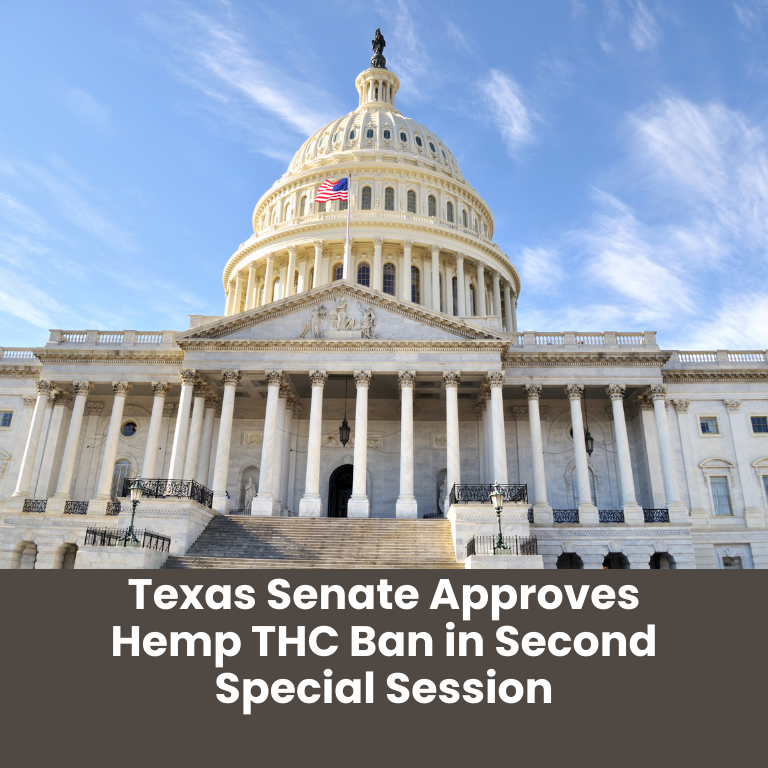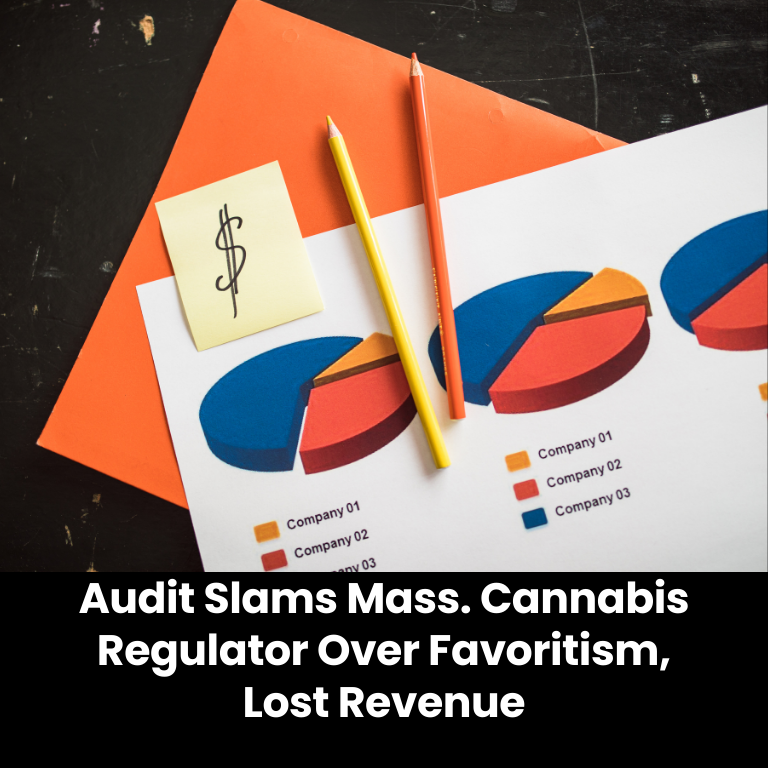The Evolution of Excise Taxes: From Revenue Tools to Strategic Policy Instruments
Excise taxes have evolved far beyond their early use as simple revenue tools. Today, they are strategic levers for shaping consumer behavior, funding targeted programs, and addressing social or environmental costs. From funding infrastructure with fuel levies to discouraging tobacco use with sin taxes, excise duties have long been tools of fiscal policy and social regulation. For example, the U.S. federal gasoline tax is 18.4 cents per gallon, which is included in the pump price.
This article first examines how excise taxes function across mainstream industries and then explores how these taxes are applied within the regulated cannabis sector.
Understanding the Basics of Excise Taxes
Many states cap sales and use tax rates by law, limiting revenue options. Excise taxes on specific goods such as fuel, alcohol, and cigarettes are not counted toward that cap, so governments often use them to raise additional funds without exceeding statutory sales tax limits or requiring voter approval.
Unlike general sales taxes, which apply broadly at the retail checkout, excise taxes target specific items. These goods are often chosen because they are considered harmful, luxurious, or environmentally impactful. Unlike sales tax, which is transparent at checkout, excise taxes are often charged upstream to manufacturers, importers, or wholesalers and embedded into the retail price.
Common Structures of Excise Taxes
Excise taxes vary widely across jurisdictions, but they generally fall into three structural categories:
- Unit-based (specific) taxes: A fixed fee per unit, such as $0.184 per gallon of gasoline.
- Ad valorem taxes: A percentage of the product’s price, such as a 15% excise tax at retail.
- Hybrid models: A combination of unit and ad valorem approaches, balancing predictability with responsiveness to market value.
Policy Objectives Behind Excise Taxes
Excise taxes serve multiple objectives, extending far beyond simple revenue collection.
- Revenue generation: Legislatures often earmark excise revenues for targeted programs such as transportation infrastructure or public health initiatives.
- Behavioral modification: By increasing prices on harmful products such as tobacco or alcohol, governments discourage excessive consumption.
- Externality regulation: Excise taxes also help internalize social or environmental costs, for instance by offsetting the societal costs of pollution through fuel taxes.
Key Economic Considerations in Excise Tax Policy
Designing excise taxes requires balancing revenue goals with economic realities.
- Regressivity: Flat or unit-based taxes tend to be regressive, taking a larger share of income from lower-income consumers.
- Illicit markets: Excessively high excise rates risk pushing buyers toward untaxed or illicit products.
- Market competition: Policymakers must avoid creating tax burdens that make legal goods uncompetitive compared to illicit alternatives.
Excise Taxes in the Cannabis Sector
As more jurisdictions legalize cannabis for medical or adult use, excise taxes have become central to both regulating the industry and funding public programs. Unlike alcohol or tobacco, cannabis presents unique challenges due to its wide range of product forms, potency variations, and an entrenched illicit market.
Below are several real-world approaches to cannabis excise taxation.
Dual-Level Cannabis Excise Taxation: The Colorado Model
Colorado applies cannabis excise taxes at two levels.
- Wholesale excise tax: A 15% levy is applied to the contract price when cannabis moves between unaffiliated licensees. For affiliated transfers, or where no contract price exists, the state calculates the tax based on an average market rate.
- Retail sales excise tax: A 15% retail excise applies to adult-use sales in place of the standard 2.9% state sales tax. Local governments may add additional sales or excise taxes. Medical marijuana remains subject to the 2.9% general sales tax.
This dual structure captures revenue at both the production and retail levels while clarifying tax bases for vertically integrated operators.
Retail-Only Cannabis Excise Taxation: The California Model
California relies primarily on retail-level excise taxation.
- Retail excise tax: Beginning July 1, 2025, California’s cannabis excise tax will rise from 15% to 19% of a retailer’s gross receipts. The tax is collected from customers, listed separately on receipts, and included in gross receipts subject to sales tax.
- Cultivation tax: The state repealed its cannabis cultivation tax effective July 1, 2022.
By shifting exclusively to retail collection, California streamlined administration and improved transparency for consumers. However, high rates may still challenge legal operators competing with the illicit market.
Hybrid Weight and Potency Cannabis Excise Taxation: The Ontario Model
Ontario applies a hybrid tax structure, incorporating weight, value, and potency.
- Dried or fresh cannabis: The greater of CA$1 per gram or 10% of the dutiable amount, split between federal and provincial shares.
- Edibles, extracts, and topicals: CA$0.01 per milligram of THC, divided between federal and provincial duties.
This model ties excise obligations to both weight and potency, aligning tax burdens with the product’s characteristics. Potency-based duties discourage excessively strong products and provide a direct link between health risks and taxation.
Flat-Rate Cultivation Excise Taxation: The Alaska Model
Alaska employs a straightforward flat-rate system at the point of first sale.
- Tax rates: $50 per ounce of flower, $25 per ounce of immature or abnormal buds, $15 per ounce of trim, and $1 per clone.
This approach generates predictable per-unit revenue regardless of wholesale price fluctuations. However, as market prices fall, fixed rates represent a growing percentage of value, creating disproportionate burdens on cultivators.
Lessons from Cannabis Excise Tax Models
Each excise tax model offers lessons for policymakers and industry stakeholders:
- Colorado’s dual-level model demonstrates how upstream and retail taxes can capture revenue at multiple points, though complexity may raise compliance costs.
- California’s retail-only approach simplifies administration and improves transparency, but may encourage illicit trade if rates rise too high.
- Ontario’s hybrid system aligns tax liability with potency, providing a promising model for balancing public health objectives with revenue.
- Alaska’s flat-rate system ensures steady revenue but highlights the risks of inflexible taxation in a volatile market.
Concluding Thoughts on Modern Excise Taxes
Excise taxes remain powerful fiscal tools with far-reaching effects on consumer behavior, public health, and industry structure. Policymakers must carefully balance three key priorities: raising revenue, discouraging harmful behaviors, and keeping legal markets viable.
Cannabis taxation illustrates how excise design choices—unit-based, ad valorem, or hybrid—shape industry outcomes. Potency-based taxation, in particular, promises closer alignment between tax burdens and potential health risks. Yet overly high rates can undermine legalization by sustaining illicit markets.
The evolution of excise taxes shows that they are no longer mere fiscal afterthoughts. They are deliberate instruments of social and economic policy. For cannabis and other regulated industries, ongoing evaluation and recalibration are essential to achieving balance.
OG source









